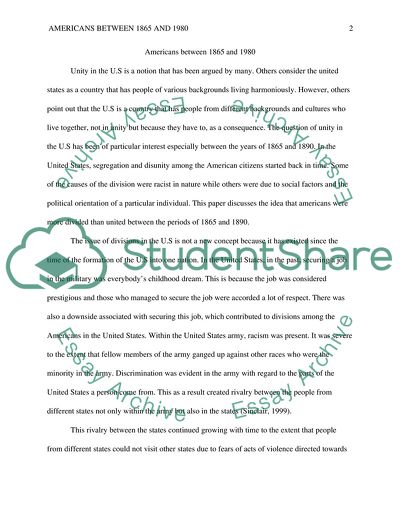Cite this document
(The Americans Between 1865 and 1980 Essay Example | Topics and Well Written Essays - 2000 words - 27, n.d.)
The Americans Between 1865 and 1980 Essay Example | Topics and Well Written Essays - 2000 words - 27. https://studentshare.org/history/1790863-essay
The Americans Between 1865 and 1980 Essay Example | Topics and Well Written Essays - 2000 words - 27. https://studentshare.org/history/1790863-essay
(The Americans Between 1865 and 1980 Essay Example | Topics and Well Written Essays - 2000 Words - 27)
The Americans Between 1865 and 1980 Essay Example | Topics and Well Written Essays - 2000 Words - 27. https://studentshare.org/history/1790863-essay.
The Americans Between 1865 and 1980 Essay Example | Topics and Well Written Essays - 2000 Words - 27. https://studentshare.org/history/1790863-essay.
“The Americans Between 1865 and 1980 Essay Example | Topics and Well Written Essays - 2000 Words - 27”. https://studentshare.org/history/1790863-essay.


